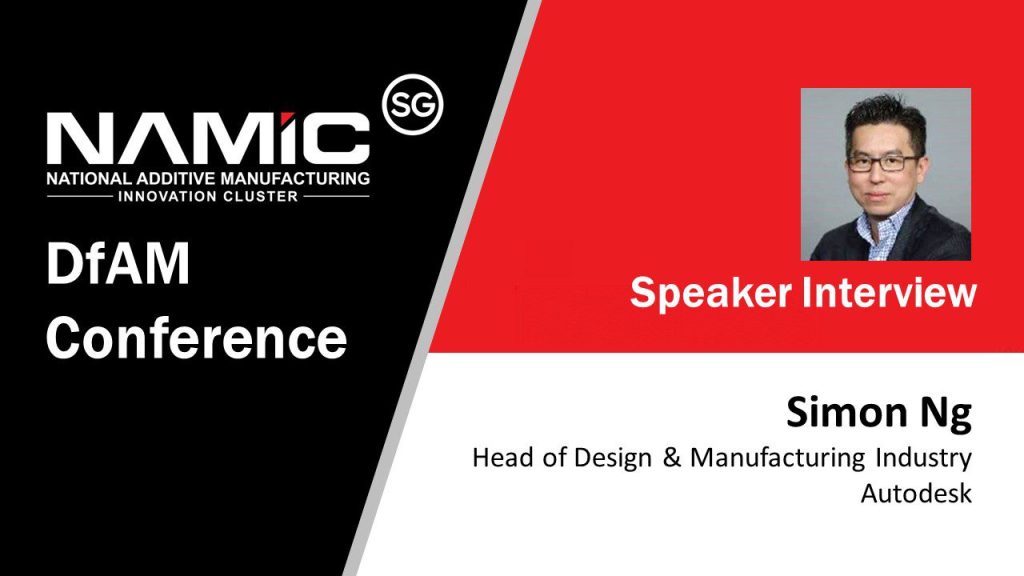Please share how 3D Printing, in particular DfAM could improve quality of life in the future?
3D printing with Design for Additive/Advance Manufacturing processes is very quickly changing from prototyping applications to production applications with the use of metal 3D printing technology. The entire industry is moving very fast, impacting manufacturers and eventually consumers; With time to market and cost for consumers. Ability to win business, efficiency, ability to innovate and differentiate for manufacturers.
Please share what your views are on the evolution and growth of Additive Manufacturing processes and materials to revolutionize manufacturing.
Additive manufacturing has been evolving for the past 20 years from aspects of cost, processes and materials. 20 years ago, it was mainly for prototyping due to the materials and technology available, such as stereo lithography (resin), laminated object modeling (paper) and selective laser sintering (metal powder), weaker materials, high cost of technology adoption and availability to mass market. Last couple of years, with the advancement in technology and reduction in cost, technology such as fused deposition modeling (plastics) has made additive manufacturing much lower cost and assessable. The next couple of years, we will see more metal printing and hybrid (subtractive and additive) to be even lower in cost. The applications of additive manufacturing would expand beyond prototyping and to production parts and systems.
How does DfAM helps in productivity and cost reduction with respect to your industry?
Design for Additive Manufacturing is edge cutting and will drastically help in cost reduction, design automation and productivity for the design and manufacturing industry. We are enabling our customers with generative design technology that utilizes cloud computing to generate various permutations of design from weight reductions, exploring manufacturing processes, exploring different materials in order improve productivity, reduce cost, reduce time to market and drive innovation.
What are different challenges startups and MNCs face in adopting Design for AM?
We are seeing the trends of many startups adopting additive manufacturing technology to disrupt the industry as they can more agile in nature. Larger MNCs are slower in nature but many are also taking the leap to explore such technologies in order be competitive.
What does Additive Manufacturing mean to you and to your business journey?
AM and generative design form a large part of our future of making thought leadership and industry 4.0 business transformation for our customers. It is imperative for us and our customers to start exploring and adopt this technology in their workflow or at least in part of their processes.
Please quote 1 successful application of DfAM.
We have many success stories of generative design and advance manufacturing in the world and the region. In both commercial and education applications. Airbus (aerospace), GreenHeck (HVAC systems manufacturer), BAC (sports cars manufacturer), lighting bikes (motorcycle manufacturer) and General Motors (Automotive) recently published a story on how they utilize Autodesk generative design to additive manufacturing.

